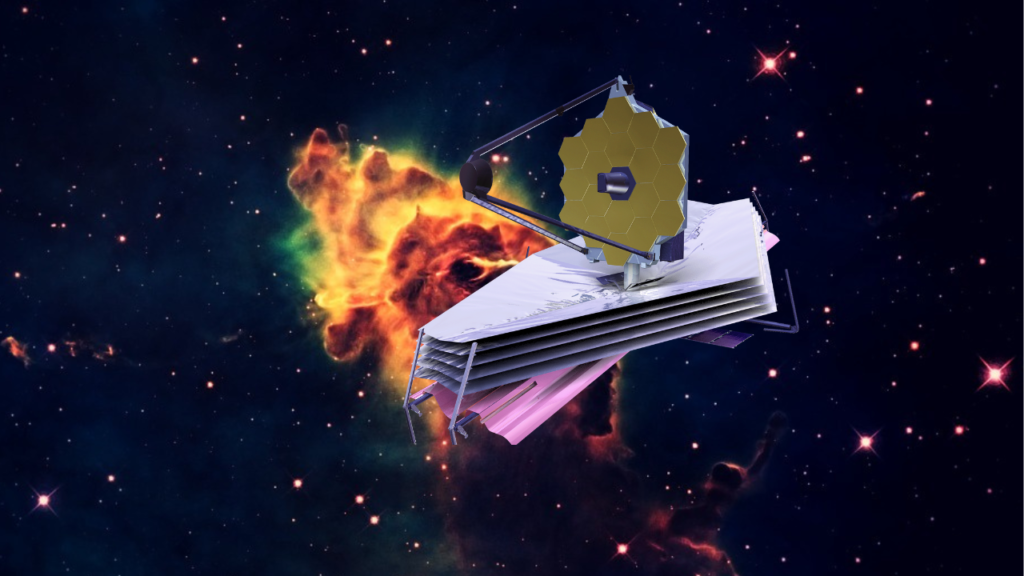SpaceX is about to launch four private astronauts farther than any human has flown since the end of the Apollo era. The crew will be on a mission to perform history’s first commercial spacewalk.
The mission, Polaris Dawn, will liftoff early Tuesday (Aug. 27), from SpaceX’s Launch Complex-39A, at NASA’s Kennedy Space Center — the same pad that supported all the crewed Apollo missions to the moon. Though it’s true each of SpaceX’s astronaut launches to date has flown out of LC-39A, it’s particularly fitting that the members of Polaris Dawn will also launch from there, as this mission will take them further than any crewed flight has gone since Apollo 17, in 1972.
“The Polaris Program mission readiness review just finished and we are currently go for launch in just over 24 hours,” SpaceX CEO Elon Musk wrote on X (formerly Twitter) on Monday (Aug. 26). “Crew safety is absolutely paramount and this mission carries more risk than usual, as it will be the furthest humans have traveled from Earth since Apollo and the first commercial spacewalk! If any concerns arise, the launch will be postponed until those concerns are addressed.”
Billionaire philanthropist Jared Isaacman is footing the bill for the mission, and intends it to be the first of three in his “Polaris Program.” Dawn will be the second space mission Isaacman has funded, as well as his second personal launch to orbit. His first in both cases came in 2021, with the launch of Inspriation4 — the first all-civilian spaceflight. These missions, and the next two planned for the Polaris Program, are being flown with the dual goal of furthering the bounds of private human space exploration and raising money to support St. Jude Children’s Research Hospital. With Inspriation4, Isaacman and the mission were able to raise $250 million in donations for the organization.
Isaacman will fly as Polaris Dawn’s mission commander, and will be joined by the mission’s pilot, retired United States Air Force (USAF) Lieutenant Colonel Scott “Kidd” Poteet, and the first two SpaceX employees to launch to orbit, Sarah Gillis and Anna Menon, who both work as Lead Space Operations Engineers. Gillis and Menon will serve as mission specialists.
The crewmembers will launch aboard a SpaceX Crew Dragon capsule into an elliptical orbit, flying to an initial maximum altitude (apogee) of about 745 miles (1,200 kilometers), where they will spend the beginning of their first day in space. After several orbits, Dragon will raise its apogee about 125 miles, to a maximum altitude of 870 miles (1,400 kilometers). At this distance from Earth, Polaris Dawn will fly through a portion of the radiation belts wrapped around our planet beyond its lower orbits. Taking advantage of this course, the crew plans to complete a number of science experiments to study the deep-space radiation environment.
The trajectory also reaches another significant milestone for human spaceflight. Menon and Gillis will become the highest-flown women in history during this mission, beating out the previous altitude record set by NASA astronaut Kathryn Sullivan. They will fly several hundred miles higher than Sullivan, who reached an altitude of 386 miles (621 km) during the STS-31 Space Shuttle mission to help deploy the Hubble Space Telescope.
Another critical focus for Polaris Dawn, of course, is the performance of the first-ever commercial spacewalk. Donning newly-designed extravehicular activity (EVA) suits from SpaceX, the Dawn crew will vent all the atmosphere from their spacecraft and open Crew Dragon’s forward hatch for an experience shared by only a fraction of astronauts today: floating in the vacuum of space.
The focus of this spacewalk is to test the function and mobility of SpaceX’s new spacesuits. Similar in style to the sleek, white suits worn by Dragon astronauts since SpaceX’s first crewed launch in 2020, these new suits feature enhanced thermal control materials and technologies to help protect the wearer from the harsh, rapidly shifting environment of space. Two of the Dawn crew, Isaacman and Gillis, referred to during their spacewalk as EV1 and EV2, respectively, will take turns exiting Dragon entirely while utilizing a special handrail support structure connected to the hatch that SpaceX engineers have dubbed the “Skywalker.”
The spacewalk will take place on the third day of Polaris Dawn’s five-day flight, and will last a total of two hours from cabin depressurization through repressurization. Then, the fourth day of the mission will come with another technology demonstration, as the Dawn crew connects to SpaceX’s Starlink satellite network to transmit a “surprise” message down to Earth.
Polaris Dawn completed a mission readiness review Monday morning (Aug. 26), as per Musk’s X post , and has been given a “go” for tomorrow’s early morning liftoff. A four-hour launch window for the mission begins Tuesday at 3:38 a.m. EDT (0738 GMT). To watch the launch live, you can tune into Space.com or SpaceX’s webcast on X, starting about 3.5 hours before liftoff.
Source: https://www.space.com/spacex-polaris-dawn-to-launch-farthest-human-spaceflight-since-apollo



